Baptisia hybrida DECADENCE® 'Lemon Meringue'
Baptisia Decadence® 'Lemon Meringue' – 'Lemon Meringue' False Indigo
Baptisia Decadence® 'Lemon Meringue' – 'Lemon Meringue' False Indigo
Exposure
- Sun
- Part-sun
- Part-shade
Rusticity
Bloom time
- May
- June
- July
- Dark stems, yellow flowers
- Attractive blue-green foliage
- Decorative fall seed pod
- Abundant flowers
- Resists deer and drought
'Lemon Meringue' Baptisia impresses with its vigour and spectacular aesthetics. It belongs to the DECADENCE® series, which stands out for its more compact habits and unique colours. Despite the diversity of varieties in this line, the fundamental characteristics and care requirements remain similar, ensuring reliable performance. This perennial forms a magnificent clump of blue-green foliage from which bright yellow flowers rise, creating a striking focal point in the garden.
Characteristics
- Foliage: The plant develops a dense, vase-shaped clump, presenting attractive blue-green, trifoliate foliage.
- Flowering: Long, sturdy, charcoal-coloured stems emerge from the foliage from late spring to early summer. They carry numerous lemon-yellow flowers, creating a striking colour contrast. After flowering, decorative seed pods form and extend the season of interest into the fall.
- Light: It thrives in full sun but also adapts to a spot in partial shade. Maximum sun exposure guarantees the best performance.
- Habit: It forms an upright, vase-shaped clump that maintains its beautiful structure all season long.
- Growth: With a medium growth rate, it reaches its mature size of about 91 cm (3 feet) in height and spread within a few seasons.
- Moisture: It requires average watering while getting established.
- Soil: It thrives in average to poor soils that offer good drainage and adapts to an acidic or neutral pH.
- Hardiness: Extremely hardy, it faces harsh winters down to Zone 4 without any problem.
- Watering: Once well-established, its deep root system gives it great drought resistance.
- Resistance: This robust plant admirably resists deer, drought, and salt.
Uses
- Types of Use: Its architectural structure makes it an excellent choice as a specimen plant. It also integrates perfectly at the back of a border, in a prairie-style garden, or in low-maintenance landscapes.
- Ornamental Features: The high contrast between the dark stems and yellow flowers provides a first-class visual display. The blue-green foliage adds a touch of colour and texture, while the black seed pods bring fall and winter interest. Its cut or dried flowers make magnificent bouquets.
Care
- Fertilizing: It does entirely without fertilizer and even thrives in poor soils, making it a plant of choice for low-maintenance gardens.
- Pruning: This plant requires no pruning or deadheading. Allow the seed pods to form, as they beautifully decorate the plant.
- Planting: Plan for a permanent location, as its thick taproot dislikes transplanting once established. Although it takes one or two seasons to get well-established, it will then live for decades.
Plant details
Dimensions
Dimensions
Characteristics
Characteristics
Habit:
- Upright
- Flared
Flowering colours:
- Yellow
Plant needs
Plant needs
Watering:
- Water regularly during periods of drought
Maintenance:
- Easy
Soil requirement:
- Well-drained soil
Features
Features
Resistance:
- White-tailed deer
- Rabbits
- Drought
- Salt
Attract:
- Butterflies
- Pollinators
Use:
- Mass Planting
- Pot
- Cut flowers
- Border
- Isolated
Attribute:
- Abundant Blooming
- Cut Flower
- Dried Flower
- Fall Interest
- Native






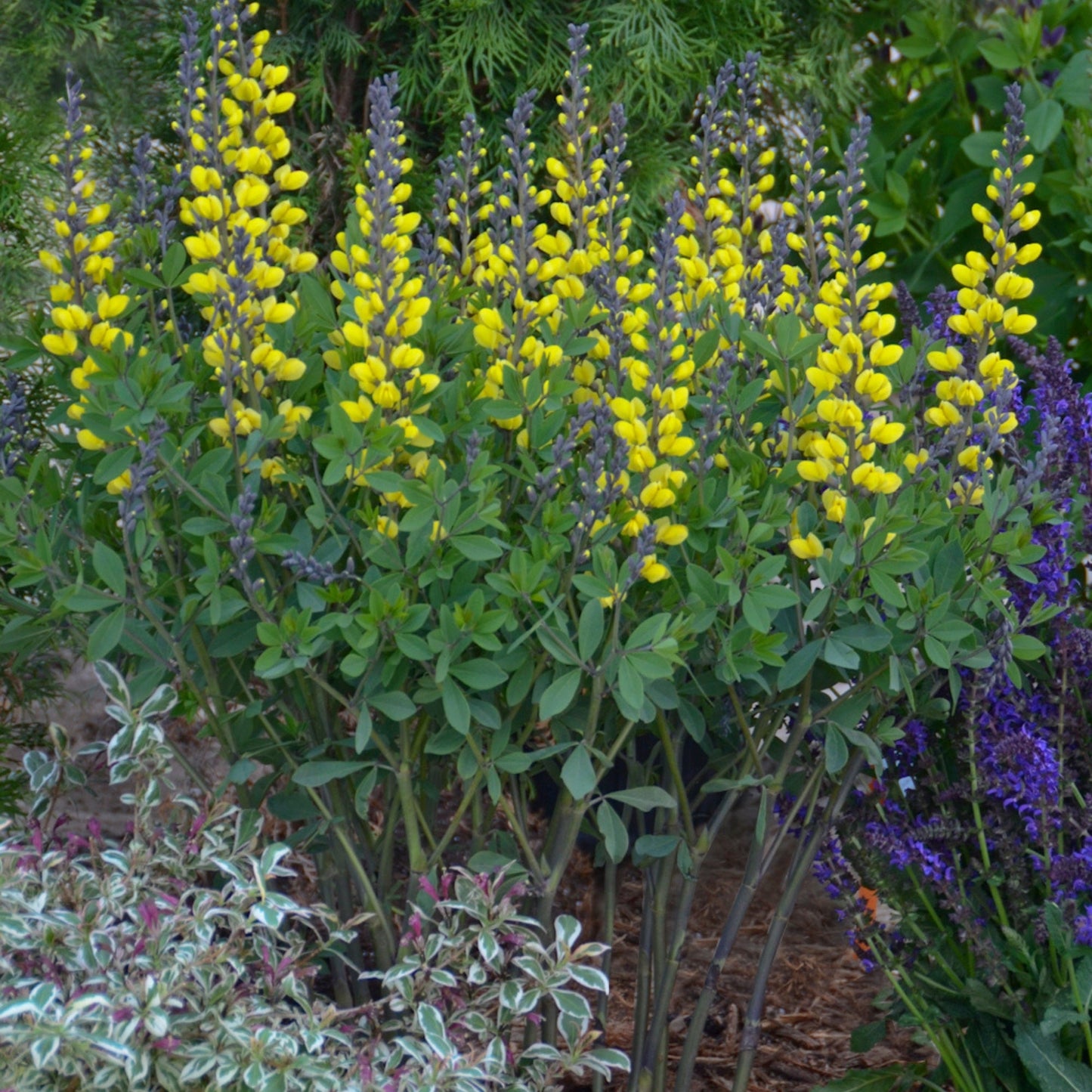
Related articles
-
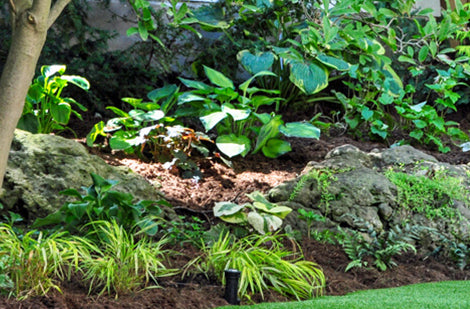
Perennials for all occasions
Read the articleOsez créer des associations inédites qui sauront refléter votre personnalité, même si pour cela vous deviez déplacer certaines vivaces pour mieux les mettre en valeur.
-
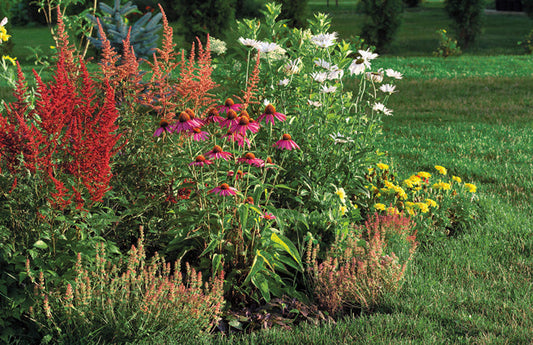
Landscaping with perennials
Read the articleVariétés à découvrir, la tomate se savoure crue, en sandwich, en bruschetta ou en salade. Cuite, c'est l'ingrédient de base de sauces, soupes et salsas.
-
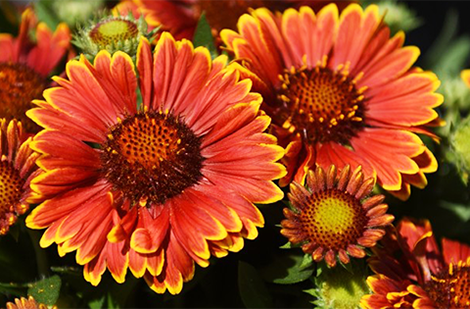
Perennials proper maintenance: cut and fertilize
Read the articleLa grande popularité des vivaces vient du fait qu'après avoir été oubliées pendant des mois au cours de l'hiver, elles réapparaissent sur la scène plus énergiques et surprenantes que par...
-
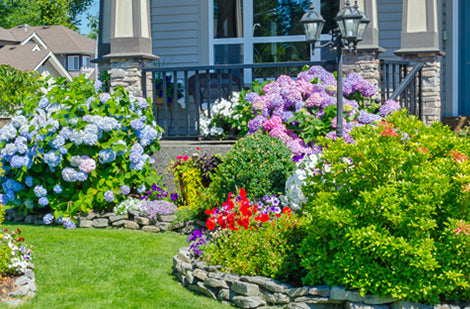
How to plant perennials in your garden
Read the articleEn pénétrant au jardin, ce sont souvent les plantes vivaces que l’on remarque en premier. Un massif de sauges, d’hémérocalles, d’astilbes, d’échinacées ou de lavande offre un spectacle d’une beauté...















